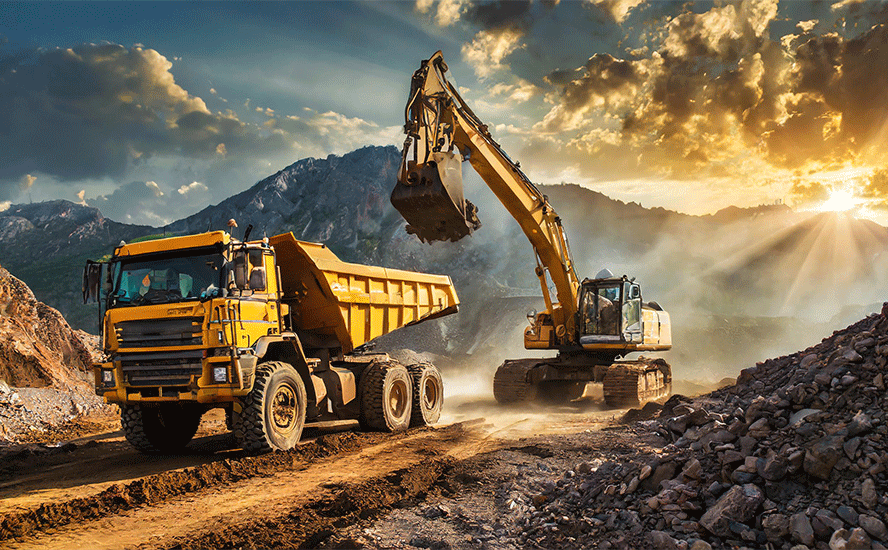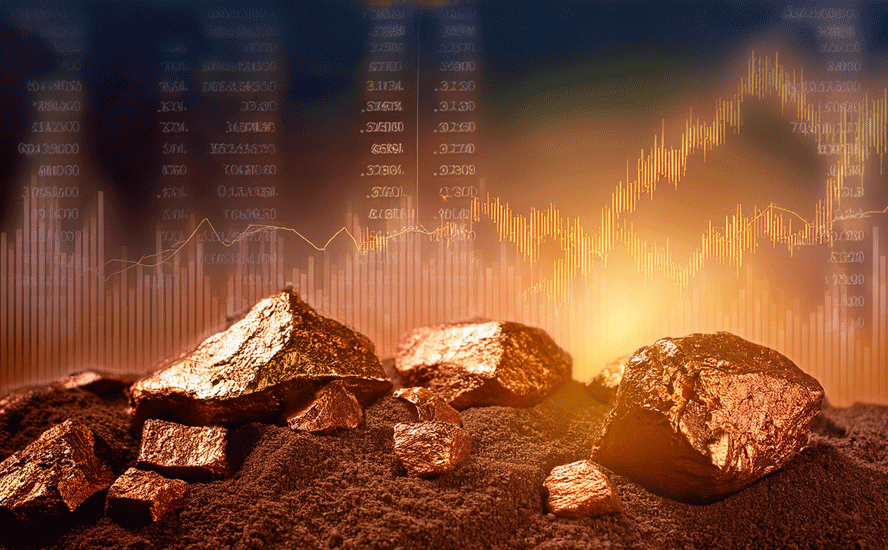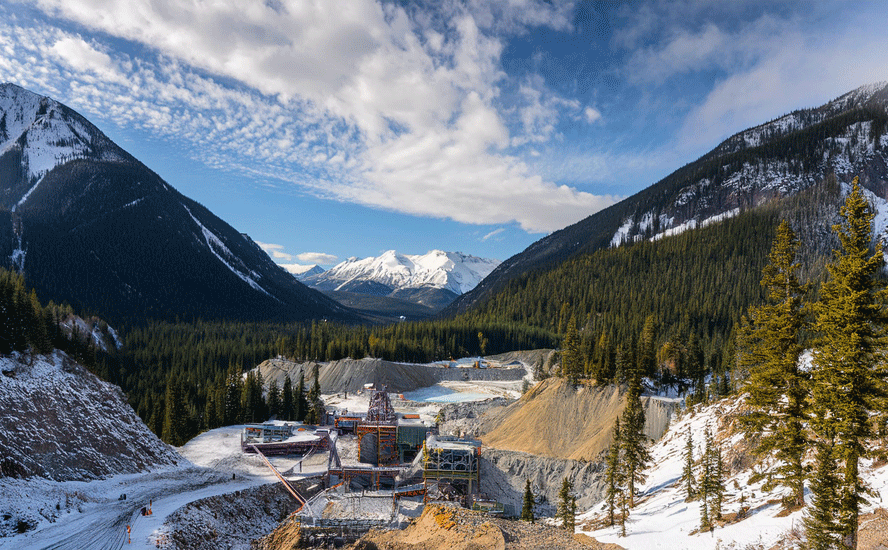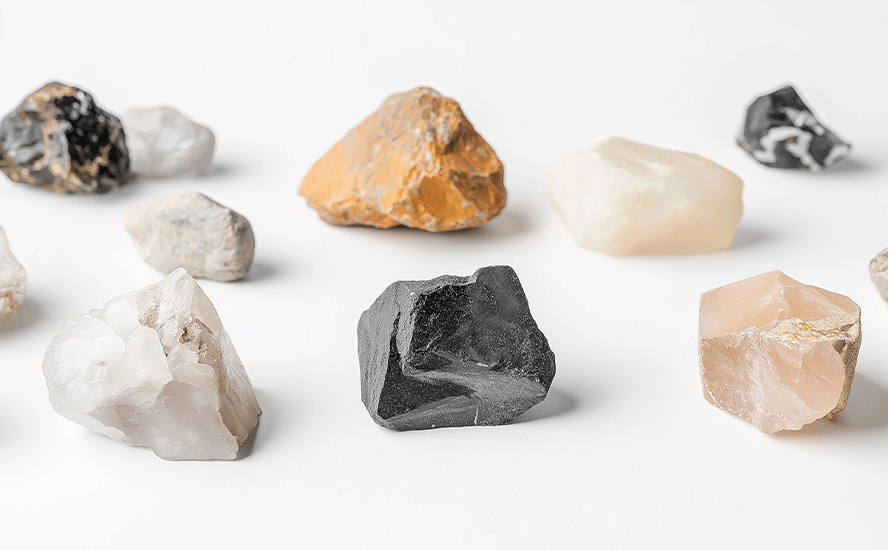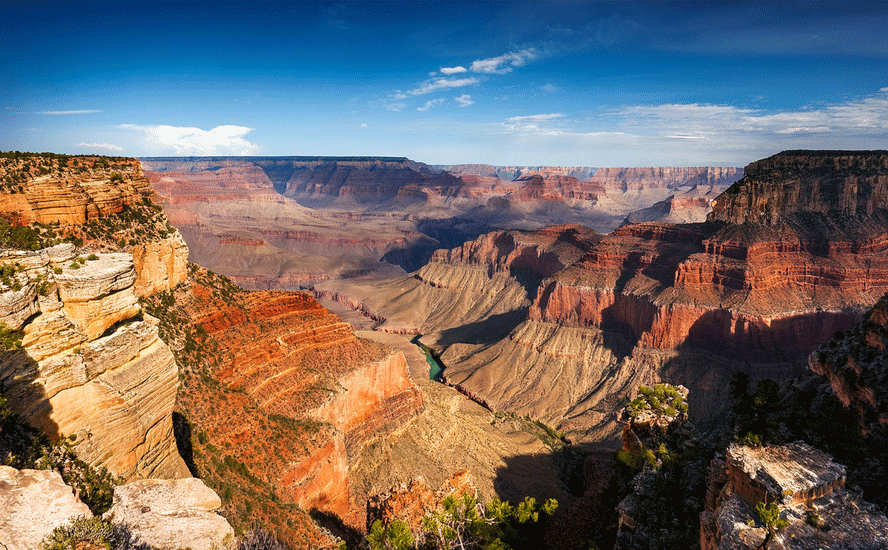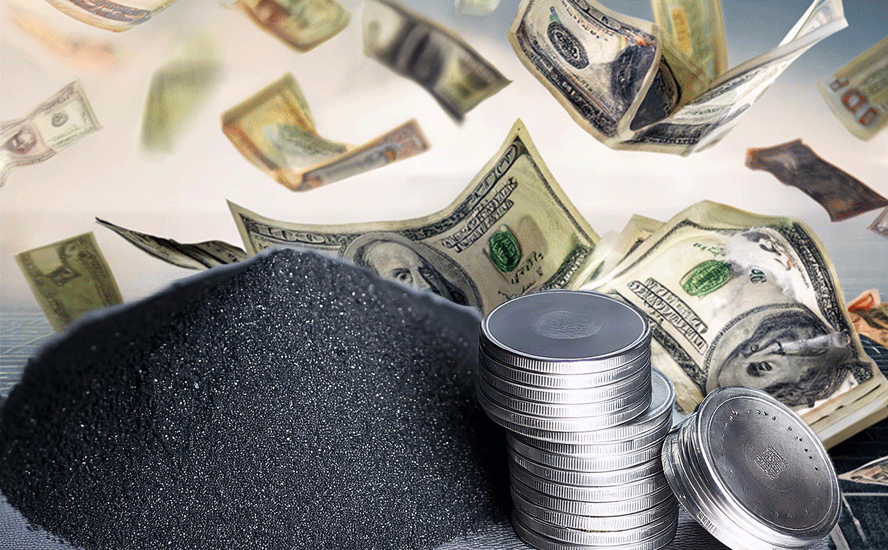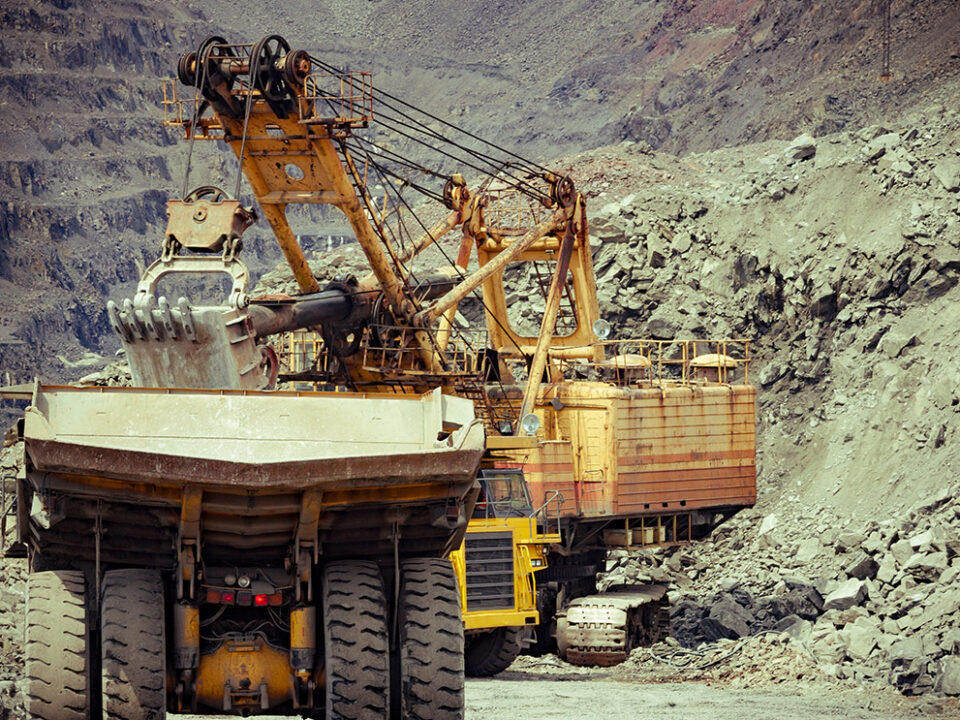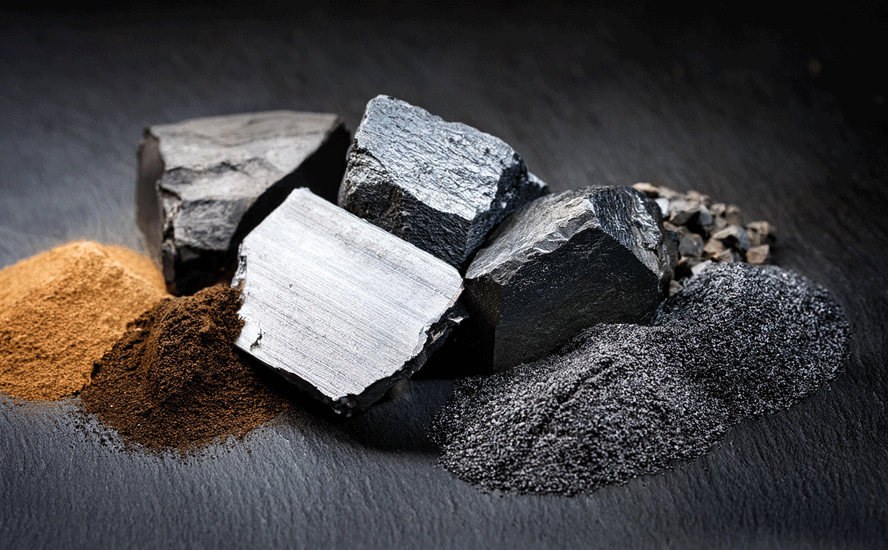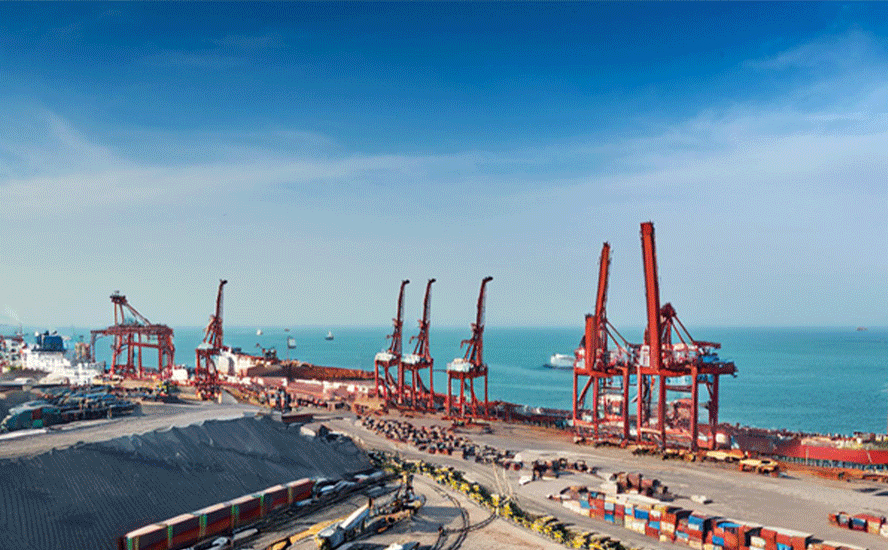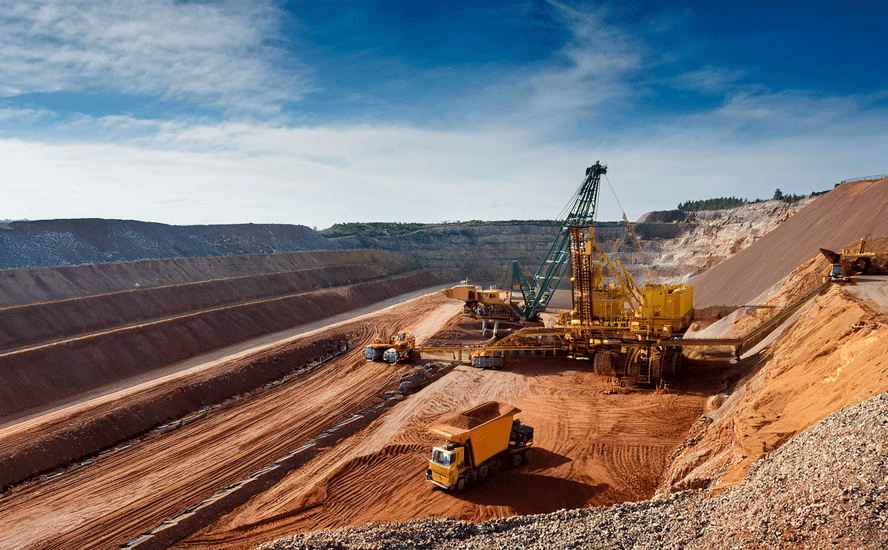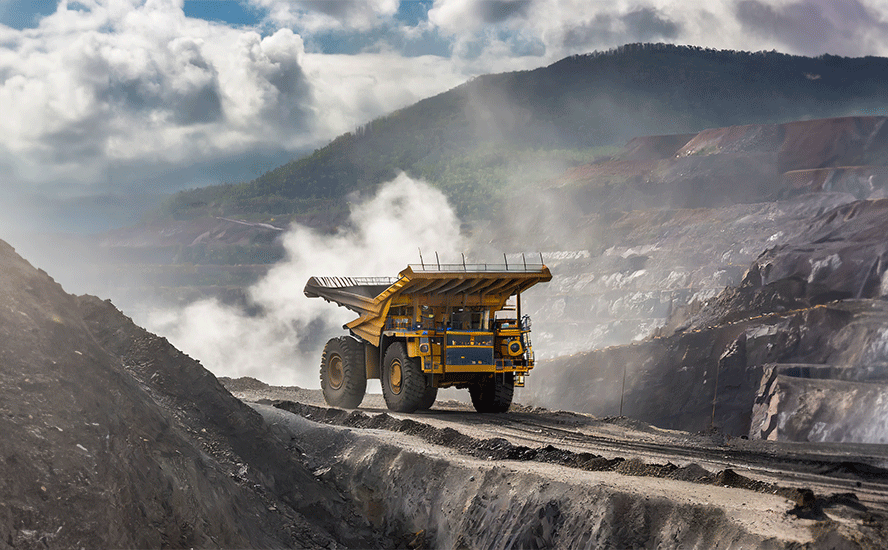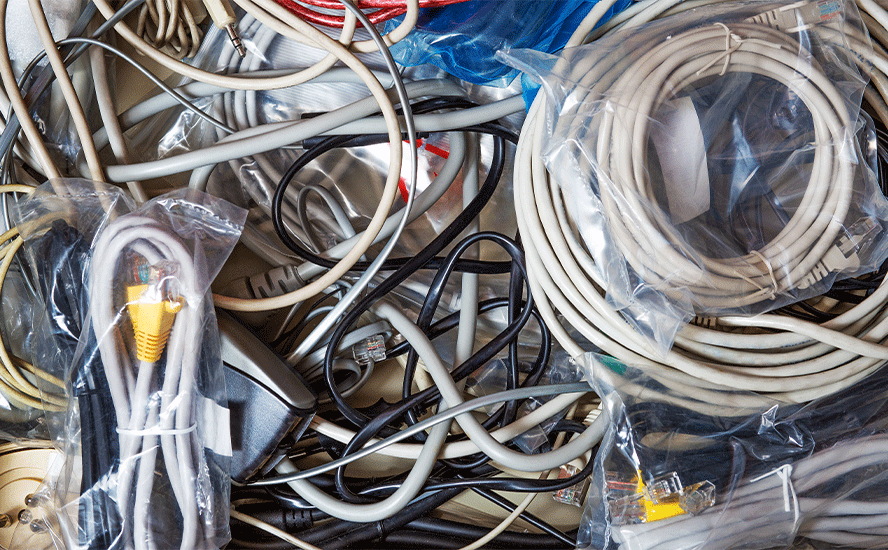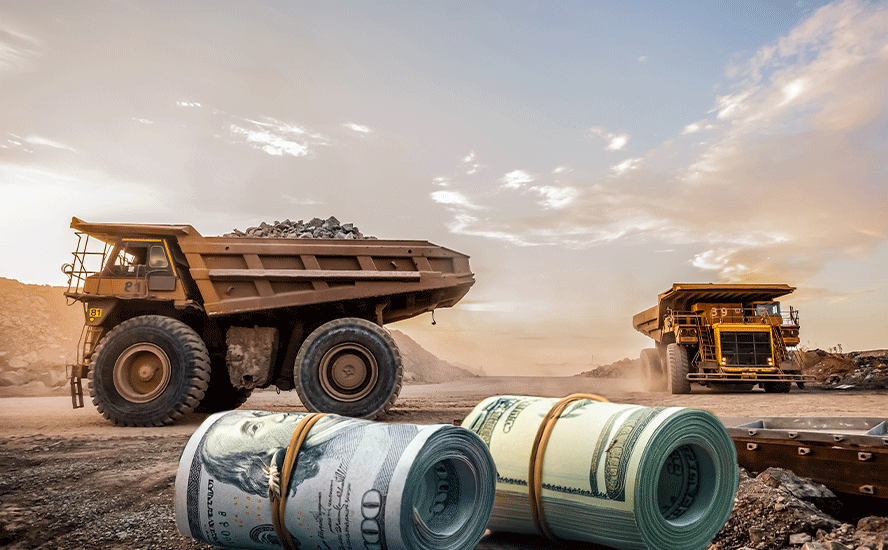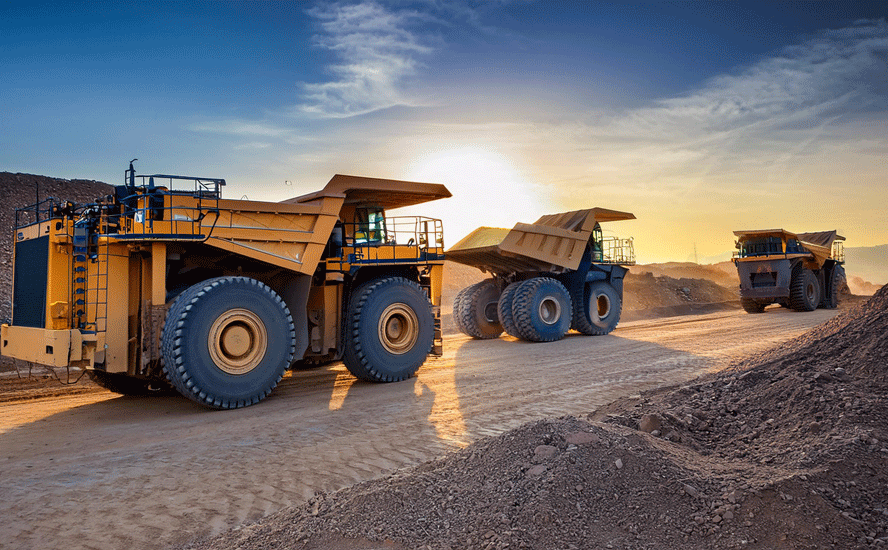Why the world’s mining companies are so stingy
From The Economist
Mining companies have spent much of the past decade in investors’ bad books. Throughout the 2000s and early 2010s the industry, betting that the surge in commodity prices brought on by China’s economic rise would persist, splurged on investments and racked up hefty debts in the process. At the height of the frenzy in 2013 the combined capital expenditure of the world’s 40 largest mining firms by market value reached $130bn, according to pwc, an advisory firm, nearly four-fifths of their earnings before interest, tax, depreciation and amortisation (ebitda). That spending spree left mining bosses red-faced as economic growth in China slowed, causing commodity prices—and the industry’s profits—to plummet.
Miners spent the years that followed cleaning up the mess. In 2015 more than $50bn-worth of assets were written down. bhp, the world’s most valuable mining firm, spun off its least-loved sites to raise money and simplify its sprawling business. Others followed suit. Cash was used to pay off debts instead of financing new projects.
Since then, profits and commodity prices have recovered. But investment has not. In 2022 the 40 largest miners together invested $75bn, equivalent to a mere quarter of ebitda (see chart 1). bhp, which on February 20th reported its results for the second half of 2023, invested $8.8bn last year—less than half as much as it spent in 2013.
Legal Notice / Disclaimer
Ahead of the Herd newsletter, aheadoftheherd.com, hereafter known as AOTH.Please read the entire Disclaimer carefully before you use this website or read the newsletter. If you do not agree to all the AOTH/Richard Mills Disclaimer, do not access/read this website/newsletter/article, or any of its pages. By reading/using this AOTH/Richard Mills website/newsletter/article, and whether you actually read this Disclaimer, you are deemed to have accepted it.

